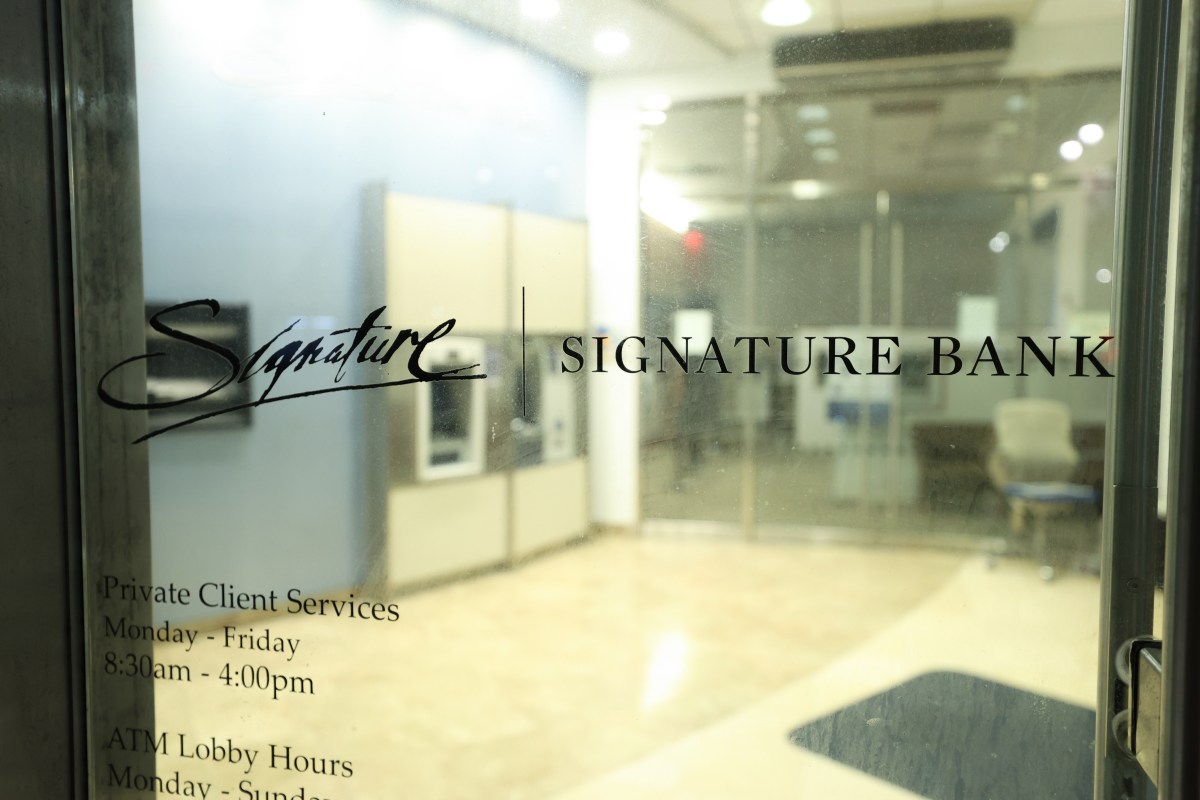Signature Bank is the second casualty of the ongoing banking crisis in the U.S. The New York-based financial institution stopped operating abruptly on Sunday — customers will be made whole. Regulators said that Signature Bank also caused a systemic risk and could threaten the U.S. banking system. In other words, the government is stepping up to protect the economy.
“We are also announcing a similar systemic risk exception for Signature Bank, New York, New York, which was closed today by its state chartering authority,” the U.S. Treasury Department, the FDIC and the Federal Reserve said in a joint statement. “All depositors of this institution will be made whole. As with the resolution of Silicon Valley Bank, no losses will be borne by the taxpayer.”
Signature Bank had 40 branches across New York, California, Connecticut, North Carolina and Nevada. As of December 31, 2022, the bank had $110.4 billion in total assets and total deposits of $82.6 billion.
The financial institution provided banking services to real estate companies, law firms but also cryptocurrency companies — around 30% the bank’s deposits came from the crypto industry.
That crypto angle is the reason why Silicon Valley Bank and Signature Bank became intrinsically connected. As the SVB implosion started unfolding on Friday, the crypto industry grew increasingly concerned about the financial stability of their banking partners.
In particular, Circle became the subject of headlines as people discovered that it is one of the most important clients for SVB because of USDC, a popular stablecoin managed by Circle.
USDC is pegged to the U.S. dollar on a 1:1 basis. It is designed to be backed through reserves consisting of a mix of cash and short-term U.S. Treasury bonds. Essentially, when Circle issues a new USDC, it stores one USD in a bank account as collateral.
Circle held a portion of its backing capital at SVB. “$3.3 billion of the ~$40 billion of USDC reserves remain at SVB,” the company wrote on Twitter. Everything will be fine for these assets stored at SVB as the Federal Reserve announced that depositors will have access to all of their money on Monday morning.
But Signature Bank became a collateral casualty as the bank was also victim of a bank run — many companies tried to withdraw their assets at the same time. That’s because many clients had more than $250,000 and the FDIC insures assets up to $250,000 per customer. Moreover, Signature Bank’s customer pool wasn’t diversified enough so it became impossible to operate normally.
The closure of Signature Bank will also create some technical challenges for crypto companies as the bank operated Signet, a payments system that worked 24/7 and was used by crypto companies for on-ramps and off-ramps. The company worked with Circle, Coinbase, OKX and others.
But at least customers will be able to access their funds on Monday. The FDIC established a bridge bank that will open its doors on Monday — depositors and borrowers will automatically become clients of this bridge bank.

